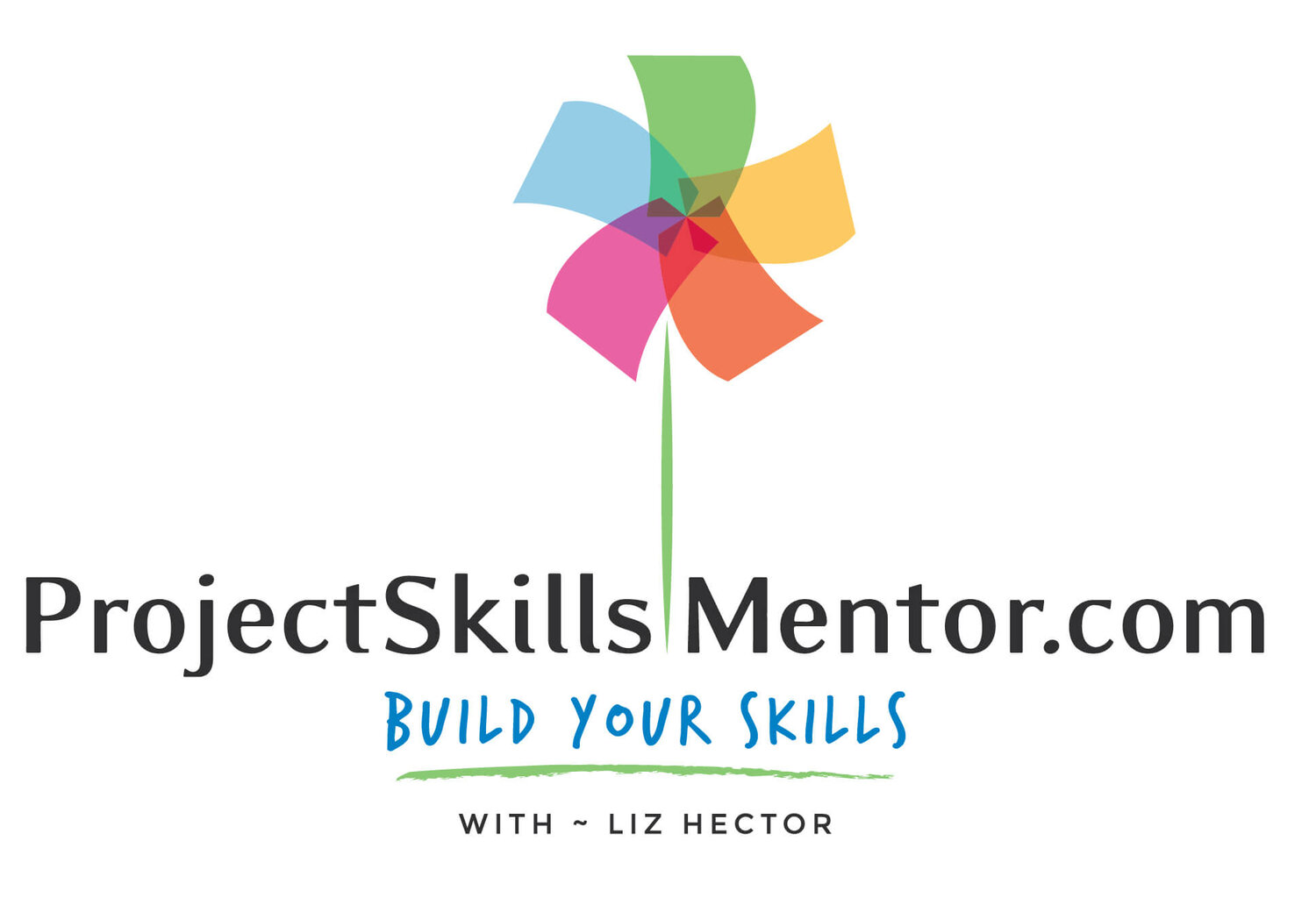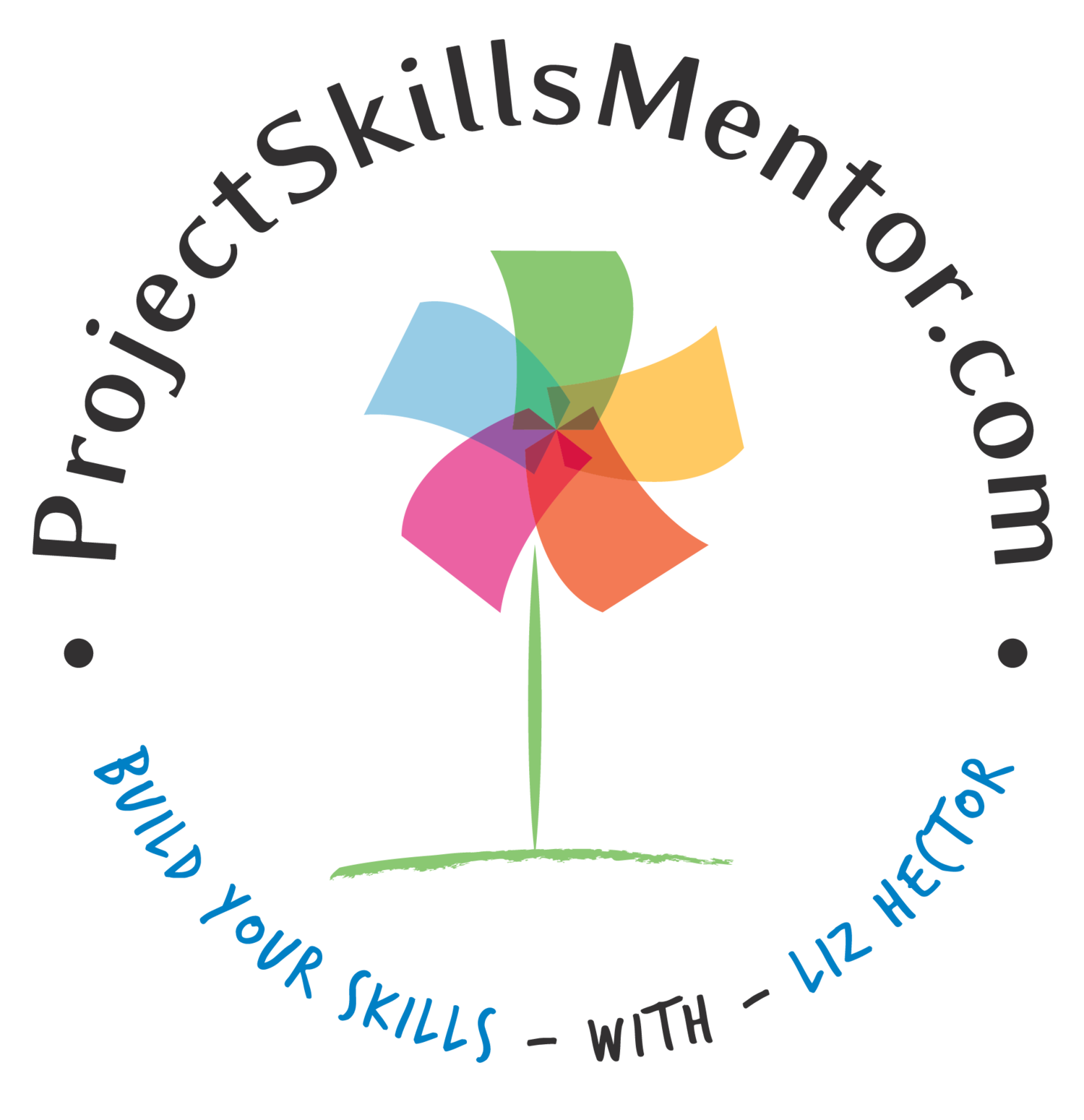Creating a Winning Project Business Case: A Step-by-Step Guide
Creating a solid business case is crucial for the success of your project. If you are a business owner, creating a start-up, or a project manager, you will need a business case. Learn to make a winning business case to prepare you to sell your idea, set expectations, secure the funding, and get your project the green light. Let me show you my step-by-step approach.
What is a Business Case
Ideas must compete for resources, and not every idea will win. A business case justifies using money and other resources to reach a specific goal. It provides the idea's qualitative (business reasons) and quantitative (financial reasons ) information to help stakeholders make good decisions.
"Business opportunities are like buses, there's always another one coming."
– Richard Branson
Business Case: Step-by-Step
Prepare an Executive Summary
Analyze the Business Impact
Develop Financial Projections
Outline the Plan
Use AI to Build Your Document
Before the project starts, it's time to decide if there should be a project, what the project requires to succeed, and what a successful outcome will look like. A well-crafted business case outlines the project's benefits and helps you sell the idea and set expectations with stakeholders.
Executive Summary
Defining the goal starts with an executive Summary so others understand your request. Business cases are not just action-oriented documents; they are comprehensive roadmaps. You're not just asking for approval and funding. Your goal is to provide a structured outline of the benefits, costs, and risks. According to Forbes, stakeholders need to see a clear return on investment and understand the strategic value of a project to support it fully. A comprehensive business case is more than just a tool for making informed decisions. It is a detailed plan ensuring your project aligns with organizational goals and reassuring you about its strategic fit.
Identify the Need or Challenge
Start by identifying the problem or opportunity the project aims to address. This involves understanding market trends, internal challenges, and potential benefits to help sell your idea, but don't overstate the numbers. You'll need to support your numbers with evidence and ensure you can realize the outcome at the end of the project.
Define the Objectives and Solution
In this section, the solution should be concise and clear. Explain how the project aligns with organizational goals and addresses the identified need. If needed, include information on the project's prototypes, schematics, and other details.
Determine Your Audience or Stakeholders
Knowing your audience will help you start with the end purpose in mind. Writing an executive summary requires answering the “why, what, how, when, and who” questions based on the person or group that needs to approve his case. This may be an internal executive or a bank manager, or a steering committee. So ask who you will be presenting the case to.
Estimate ROI and Benefits
Calculate the expected ROI by comparing the total cost to the anticipated financial benefits. While detailed financials will be developed and presented later. The ROI is a key metric that needs to be presented upfront. This allows your stakeholders to understand the big picture before getting into the case details. Present the ROI and other non-monetary benefits in clear, quantifiable terms, such as increased customer engagement and product innovation.
Analyze the Business Impact
Analyze the Business Impact
Define the Critical Success Factors. Assess the project's technical, operational, and financial feasibility. Gather data on market demand, technical capabilities, and potential risks. Use benchmark data when possible. Show you understand the critical conditions that the project needs to meet in order to be successful.
Examples of this are:
Market conditions
Competitive landscape
Internal projects competing for the same resources
Departments that need to supply staff or skills to the project
High-level Risks that need to be managed
Training or business operations that require changes and adoption
Develop Financial Projections
Depending on the cost case more or less detail may be required. The baseline would be costs associated with the project and a few years of related costs. This is commonly referred to as the Total Cost of Ownership. In addition, show how these costs are recovered and improve earnings or cost reductions, and over time, the related changes to cash flow.
Project costs to include in Total Cost of Ownership:
Internal staff costs
Subcontractor costs
Building, office space, and equipment (direct or allocations from corporate)
Specialized equipment costs
Marketing and communications
Staff development and training
Travel and miscellaneous expenses
Hardware and software licenses
On and off-boarding new staff
Solution maintenance support
Taxes and Fees
If needed, provide a detailed budget and forecasted financial statements. Create a cash flow report to show how and when funds will be used to ensure the current cash projections will cover day-to-day costs. Show the detailed year-over-year Return on Investment calculation. Have the backup data to support your numbers available for review and verification. Depending on the cost case more or less detail may be required.
Outline the Plan
Each Business Case may need something different. Detailed planning is not generally needed. However, the stakeholders who approve your plan must see that you have done your homework. Assumptions are documented as to how you got your numbers. Risks are assessed and mitigated to ensure the project's success.
A high-level milestone plan is also helpful for showing that you have considered the key steps, integration, and time planning for the project.
Business Cases generally require a high-level set of plans to confirm the assumptions that drive the cost, budget, and timeline data. Here are some of the highlights you may need for your business case.
Make a Risk Mitigation Plan
For instance, a financial risk could be a potential budget overrun, mitigated by regularly monitoring expenses and adjusting the budget as needed. A technical risk could be a delay in product development, which can be mitigated by having a backup plan or additional resources ready.
Provide a high-level Plan
Develop a timeline with key milestones, deadlines, and high-level deliverables. Show all resources needed by milestone. This includes internal and external staff, specialized skills, and effort from other departments. Also include costs associated with team space, technology, and administrative costs. Outline tasks and responsibilities using a work breakdown structure or RACI model. This allows the business case reviewers to confirm the project is viable.
Document the project's approach
Define the project's approach. Will it be phased or the' big bang'? Will you use a waterfall, agile, or a combination? What stage gate sign-offs are required? How will the plan be monitored and controlled throughout the project and by oversight? Define the key processes the project will use, as this can impact reporting updates and status reports.
As part of this approach, you will need to keep in mind the future project documents. The business case should align at a high level with the Project Charter and supporting project documents, including:
The detailed Work Breakdown Structure
Detailed Staffing Plan and Budgets
Technical and functional designs
Change Management Strategies
Compliance and Security Measures
Communication Plan and roll-out
Team and end-user training plans
Define the Business Case process
This may be predefined by your company or stakeholders, but make sure they know you know what the process is and what the status of the business case is. After presenting the business case to stakeholders for review and approval, document app ovals received with dates and names. If open issues exist, document them and complete the additional tasks the stakeholders a sign. Final approval and budget/staff allocations should be explicit in the business case.
Work Completion Process
Document the steps to Project closure. Confirm that work deliverables are completed and objectives met. Document key steps for handing them to the run operations team.
Confirm when the ROI Validation will be done and documented. Inform your stakeholders on how to manage deviations from the plan and outcome.
Using AI to Build Your Business Case Faster
Creating a business case using ChatGPT can streamline the process, offering valuable insights and structured guidance. Use my Prompt guide here to fast track your business case.
However, it's important to approach this task with specific do’s and don’ts to ensure accuracy and effectiveness. And always complement AI-driven content with human expertise and thorough validation.
AI Do’s
Do Define Clear Objectives:
Clearly outline what you want to achieve.
Provide the AI with the persona or the profile of your target audience.
Example: "You are a small business owner asking the bank for a loan."
Do Use Structured Prompts:
Break down your requests. Short, clear, structured prompts will give detailed and accurate responses.
See my sample prompt card in the box above.
Do Provide Context and Data:
Provide relevant background information and data to enhance the quality of the responses.
Include key financial metrics, timelines, and project specifics.
Request financial data responses in table format for easier reuse.
Do Ask for Multiple Perspectives:
Request different viewpoints or approaches to address various aspects of your business case.
Example: "Explain the risks and mitigation strategies for a new software implementation project."
Do Review and Validate Outputs:
Carefully review the generated content for accuracy and relevance.
Validate financial calculations and assumptions with real-world data and expert opinions.
Do Use Iterative Refinement:
Refine the prompts and responses iteratively to improve the quality of the output.
Example: "Explain the ROI calculation with detailed financial projections for years X and Y."
Do Incorporate Stakeholder Insights:
Include feedback from key stakeholders to ensure the business case addresses their concerns and interests.
Example: "What are the primary concerns of a CFO in X industry regarding a $5 million project investment?"
Do Keep It Concise and Focused:
Ensure the business case is concise and focused on key points to maintain stakeholder interest.
Use bullet points, not lists, and clear headings to organize information.
AI Don'ts
Don't Use Vague Prompts:
Avoid using vague or ambiguous prompts that can lead to unclear or incorrect answers.
Example: "Tell me about a business case."
Don't Rely Solely on ChatGPT:
Refrain from relying entirely on ChatGPT for critical business decisions. Use it as a tool to aid in the process.
Always validate important information and decisions with human expertise.
Don't Ignore Financial Accuracy:
Pay attention to the accuracy of financial data and projections. Cross-check all figures.
Example: "Ensure all ROI calculations estimates are realistic and based on current market data."
Don't Share Confidential Data:
AI tools are continuously learning. Including confidential corporate data can violate company guidelines.
Be sure you are not using someone else's confidential information.
Don't Skip the Review Process:
Be sure to complete the review and approval process—engage relevant stakeholders to review the business case.
Example: "Ensure the CFO, project manager, and other key stakeholders sign off on the document."
How to Get Started
If you want to start your project, download my Business Case Example Template here or go to my Project Manager's Tool Kit to see how the Business Case connects to the Project Charter Budget, Staff list, Work Plan, and Risk log.
A well-prepared business case is crucial for gaining stakeholder support and ensuring project success. Following the outlined steps, you can develop a compelling business case demonstrating the project's value, feasibility, and expected returns. This structured approach helps make informed decisions, align projects with organizational goals, and secure necessary funding.
"The way to get started is to quit talking and begin doing."
– Walt Disney.
This article is part of my series on building business acumen skills. To learn more, read this article on Financial Acumen for Managers. If your business case includes a Make versus Buy decision, review this video before starting.
Please let me know if you have any questions or comments. I'd love to help or hear about what you are doing. Leave a note in the comments below.







